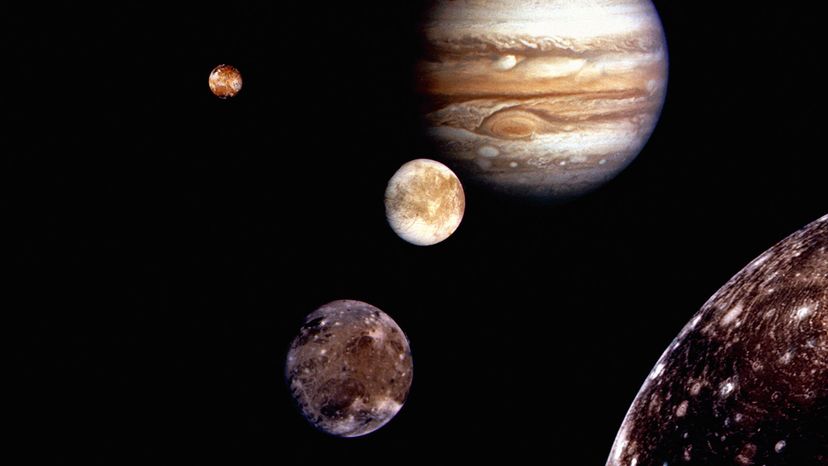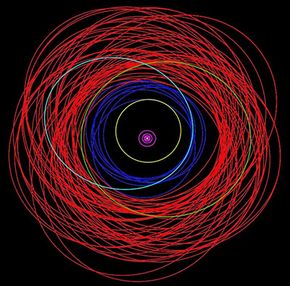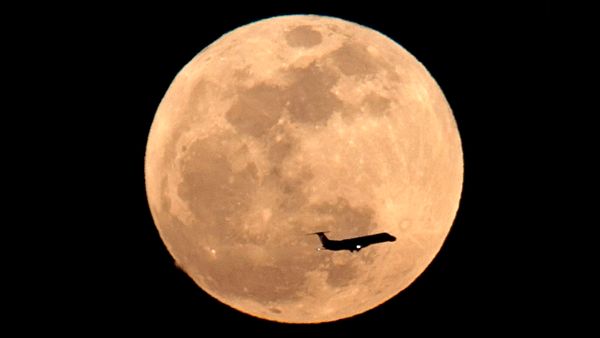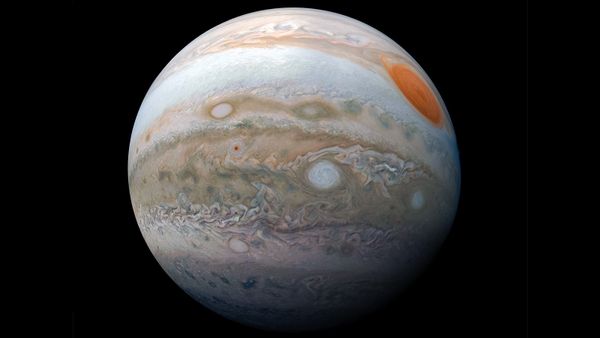Earth only has one moon, but dozens of natural satellites orbit Jupiter, the biggest planet in our solar system. And new members in the Jupiter posse are still being discovered.
Back in December 2022, a team of astronomers published orbits for 12 previously unreported moons around the planet. This discovery brought the tally of satellites around Jupiter to 95, briefly putting it in the lead for most moons orbiting a planet. (A few months later, 62 new satellites were found orbiting Saturn, making it the moon king again.)
The new Jupiter moon count became official Jan. 20, 2023, and was announced in February 2023. The new additions were appended to the roster maintained by the International Astronomical Union’s Minor Planet Center. The search for these moons took place through observations conducted via telescopes in Hawaii and Chile in 2021 and 2022, followed by additional observations confirming their orbits.
Scott Sheppard of the Carnegie Institution, an integral part of the discovery team, expressed the desire to obtain close-up images of these newfound moons to delve into their origins further. These recently uncovered moons exhibit sizes ranging from 0.6 to 2 miles (1 to 3 kilometers), as stated by Sheppard.
The astronomer is also leading a search for new objects in the distant Kuiper Belt, an enormous ring of debris that lies beyond Neptune, and was part of the team that found these moons. Sheppard and his colleagues also found 12 previously unknown moons around Jupiter in 2018, as well as 20 new satellites around Saturn in 2019. To date, he has contributed to the discovery of approximately 70 moons encircling Jupiter.




